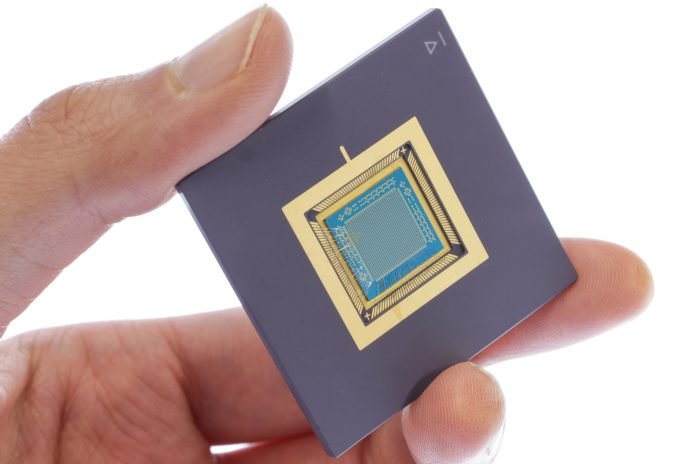
In today’s world, we use a lot of technology, like computers and smartphones, which need electricity to work.
This electricity often turns into heat, which is not very efficient.
The way these devices work now, they use a lot of energy just moving data around inside them, not just for doing the actual calculations.
Researchers from EPFL’s School of Engineering in the Laboratory of Nanoscale Electronics and Structures (LANES) have found a way to make this process more efficient.
They’ve created a special kind of computer processor that is different from what we usually use. Normally, a computer has separate parts for storing data and doing calculations.
This new processor combines these two functions into one.
This means the computer doesn’t have to waste energy moving data back and forth.
The researchers have achieved something big by using a new kind of material to make a processor with over 1,000 tiny switches, or transistors, on it.
This idea goes against the traditional design of computer processors, known as the von Neumann architecture, where the parts for calculations and data storage are separate.
This old design used to work well, but as technology has advanced, it’s become less efficient. The new processor tries to solve this problem.
The key to this new processor is using a material called molybdenum disulfide (MoS2). MoS2 is different from silicon, the usual material for making computer chips.
It’s super thin, only three atoms thick, and doesn’t interact much with its surroundings. This thinness lets them make really compact devices.
The researchers at EPFL, especially Guilherme Migliato Marega, have been working on this for a long time. They first made a single transistor from MoS2 in 2010, and now they’ve managed to create a whole processor with over 1,000 transistors.
This processor is not just about being small and efficient. It’s also about doing things faster. It can do a type of calculation called vector-matrix multiplication in one step.
This kind of calculation is important for things like digital signal processing and artificial intelligence. If these calculations can be done more efficiently, it could save a lot of energy in the information and communication technologies sector.
The development of this processor is not just a scientific achievement. It’s also significant for Europe’s place in the world of technology, especially in chip manufacturing. The European Chips Act is an effort to make Europe more competitive in this field.
This new processor shows how Switzerland and the EU can work together to create new technologies.
Instead of just trying to do what everyone else is doing, Europe could focus on these new kinds of processors for things like AI and other new technologies. This could give them an advantage in the future of electronics.
Follow us on Twitter for more articles about this topic.
Source: KSR.



